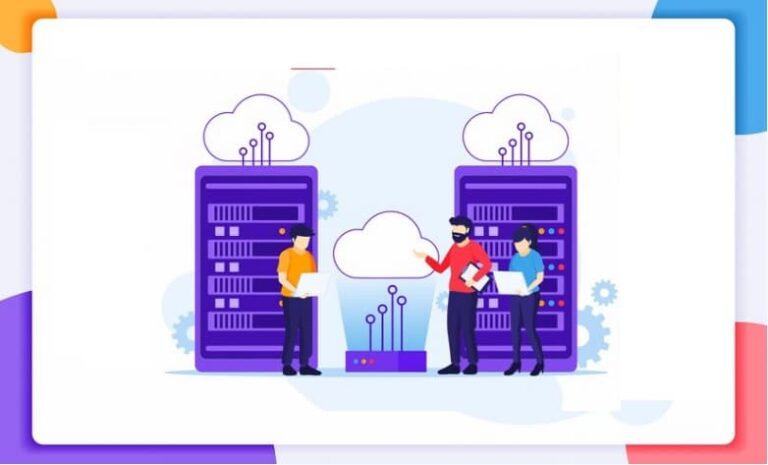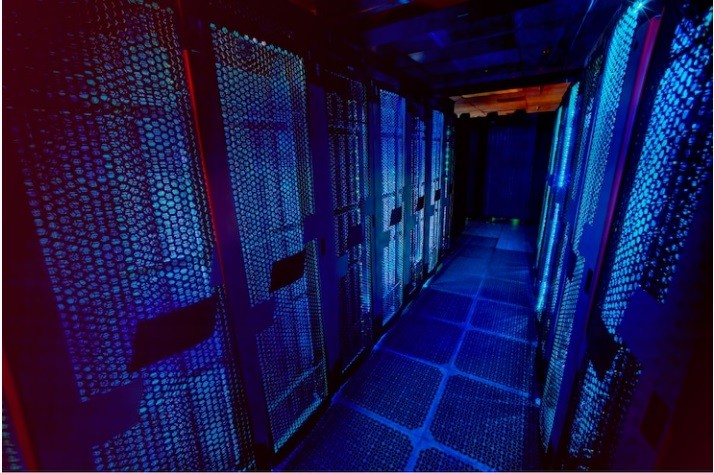When it comes to cloud storage, tape seems like the least likely candidate to slot into an IT infrastructure that users rely on for instant, anywhere access to their data. Nonetheless, Fujifilm’s newly announced cloud-based, long-term archiving and disaster recovery service called Permivault uses tape as a primary storage medium.
Even more unexpected, Fujifilm promises customers a no-compromises experience when it comes to accessing data.
How? With a little help from Crossroads Systems and a relatively recent development in tape storage formats called Linear Tape File System (LTFS).
Dan Greenburg, director of new products, Fujifilm Recording Media, said Permivault is a response to customers faced with Big Data problems. And the company is no stranger to handling huge storage works for customers. For more than five years, the company has handled huge medical imaging files via its suite of managed services for healthcare.
Fujifilm took the lessons it learned and developed “a storage architecture in the background that can scale” for all types of business, said Greenburg. Tape came into play, he said, not just because it was found to be more cost-effective than disk. For example, Fujifilm’s own LTO Ultrium 5 product can store 1.5 TB uncompressed and retails for well under $100.
Rather, tape’s edge in the capacity wars could help the company achieve the scale it needs. And technology finally caught up, providing tape with an effective, production-grade link to the cloud. So Fujifilm turned to a storage firm that “figured out how to turn a tape library into a NAS,” and it is harnessing that technology to bring NAS-like performance to cloud infrastructures.
Enter StrongBox.
Tape At A Crossroads
Crossroads Systems’ Strongbox is a 1U or 3U appliance that houses disk storage — more on that later — and sits atop LTO-5 tape drives and libraries. It leverages LTFS to provide fast to access to the data stored on the underlying tapes.
LTFS is an IBM-developed storage format that promises to free tape — not to mention storage administrators — from decades of proprietary systems and software that make maintaining compatibility a struggle. The self-describing format promotes data portability by making it possible to store and access data on tape without vendor-specific software agents.
On the Strongbox, this manifests as tape-based storage that has the same visibility as files on a USB thumbdrive — directory structures and all. For Permivault, it simplifies the back-end and means that customer data never has to jump through hoops when it’s retrieved or wends its way onto tape.
However, even with LTFS, tape doesn’t exactly lend itself to the quick file access cloud users are accustomed to. That’s where Stongbox’s layer of disk-based storage comes in.
Buying Time
Fetching data from tape can’t hold a candle to disk-based access, generally speaking. No matter how advanced, a tape library’s choreographed dance is nowhere near as fast as a drive head swooping over a platter. Strongbox is using this to its advantage.
Strongbox enables several policy-based data movement and protection options that use its disk-based storage to varying degrees. However, in retrieving files in a cloud environment, Crossroads’ CEO, Rob Sims explained that rather than keeping copies of files on disk wholesale for a quick hand-off, Strongbox “only retains the first part of every file.” This stub file of sorts — about 512KB, although it is configurable — is enough to initiate file transfers from tape.
For example, says Sims, CIFS and NFS (NAS protocols) may time out after 30 seconds. That’s plenty of time to “slowly feed the data back” from drive before the system starts the data transfer directly from tape. To the end-user, it’s imperceptible. It also eases the burden on tape libraries, said Sims, by “using disc as a smart way to minimize thrash on the system.”
Over a transfer spanning a couple of terabytes over a broadband connection, it might amount to an extra 20 seconds. “In our testing, it hasn’t been an issue for us,” says Fujifilm’s Greenburg. “It’s a matter of seconds over the full file transfer,” he reported. Since Permivault is “able to immediately start sending data,” he added, “it can immediately satisfy the application on the other end.”






